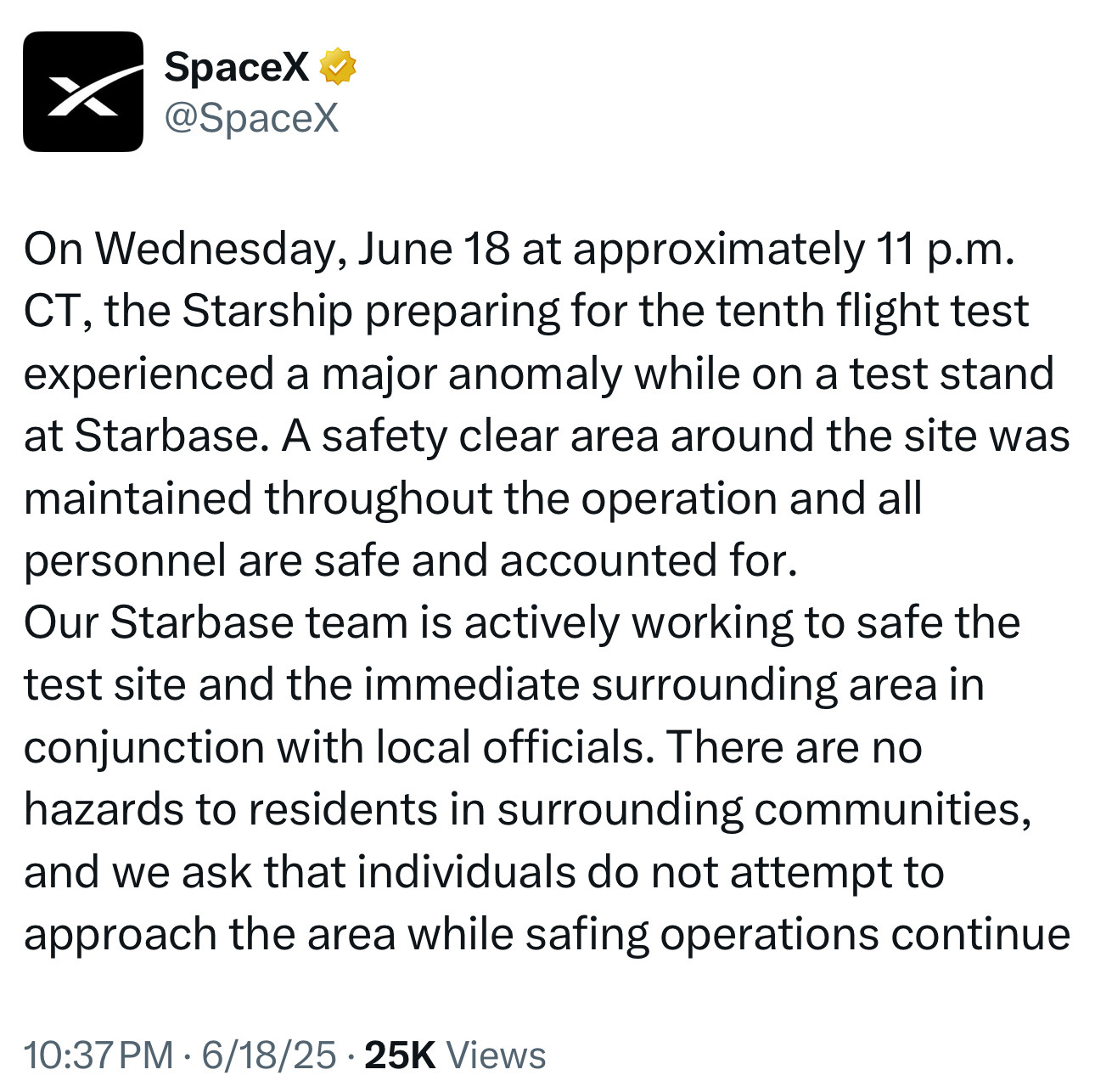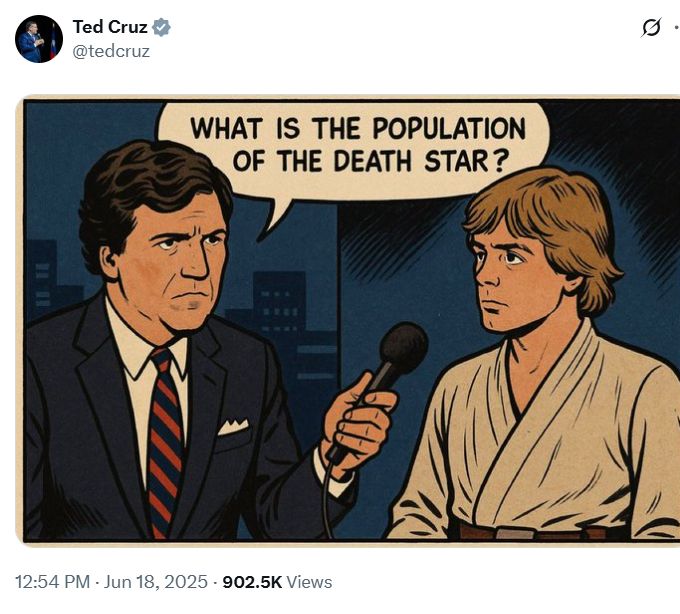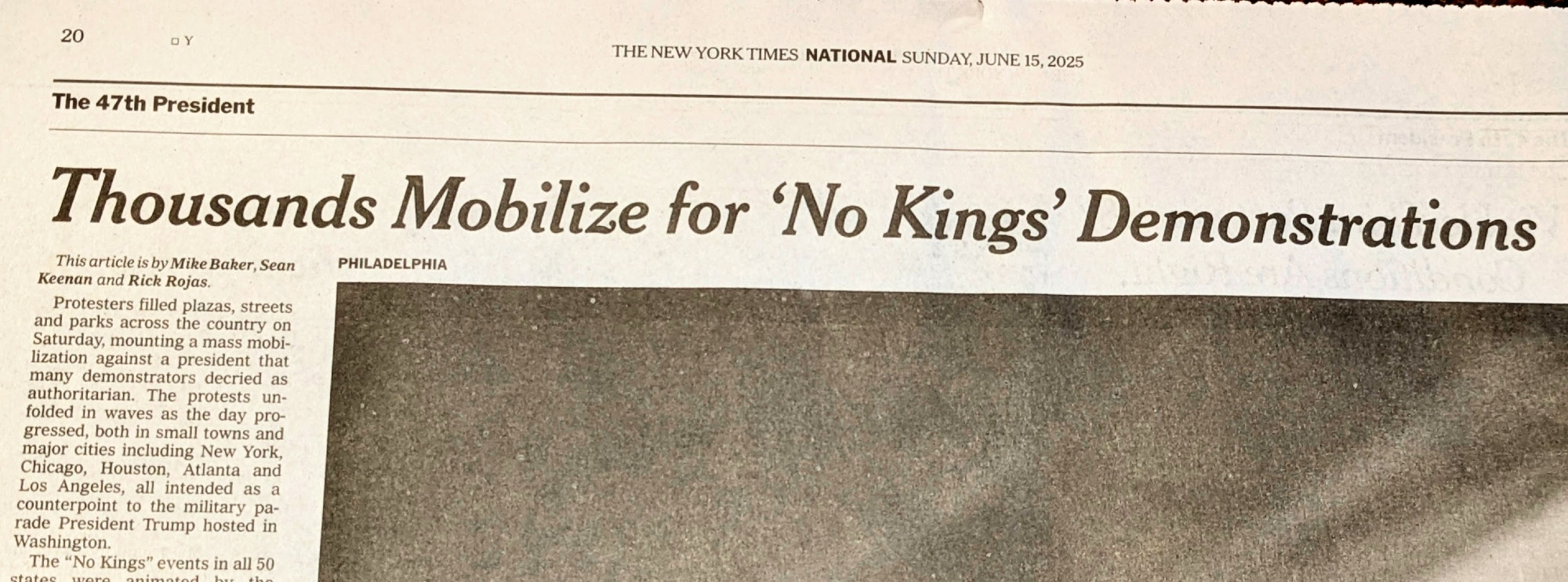(the first draft is the dominant genre of the internet. Between the
roughness of this essay and my extensive ignorance of criticism and
economics, I'm sure there is plenty of room for improvement here. If any
readers have suggestions for taking this to the next level please let
me know.)
(you might want to read this New York Times
piece by Paul Krugman before going on -- it's the best primer I know of for this debate.)
We'll
define freshwater economics as the theory that economic behavior (and
perhaps most non-economic behavior) can be explained using the concepts
of rational actors and efficient markets and auteur theory as the idea
that most films (particularly great films) represent the artistic vision
of a single author (almost always the director) and the best way to
approach one of those films is through the body of work of its author.
Both of these definitions are oversimplified and a bit unfair but they
will get the discussion started.
At first first glance, these
theories don't seem to have much in common, but as we step back and look
at them in general terms, fundamental similarities start to emerge in
their styles, their ecological niches and in the way they've been
received.
Compared to their nearest neighbors, film criticism and
economics (particularly macroeconomics) are both difficult, messy
fields. Films are collaborative efforts where individual contributions
defy attribution and creative decisions often can't be distinguished
from accidents of filming. Worse yet, most films are the product of
large corporations which means that dozens of VPs and executives might
have played a role (sometimes an appallingly large one) in determining
what got to the screen.
Economists face a comparably daunting
task. Unlike researchers in the hard sciences, they have to deal with
messiness of human behavior. Unlike psychologists, microeconomists have
few opportunities to perform randomized trials and macroeconomists have
none whatsoever. Finally, unlike any other researchers in any other
field, economists face a massive problem with deliberate feedback. It is
true that subjects in psychological and sociological studies might be
aware of and influenced by the results of previous studies but in
economics, most of the major players are consciously modifying their
behavior based on economic research. It is as if the white mice got
together before every experiment and did a literature search. ("Well,
there's our problem. We should have been pulling the black lever.")
Faced
with all this confusion, film scholars and economists (at least,
macroeconomists) both reached the same inevitable conclusion: they would
have to rely on broader, stronger assumptions than those colleagues in
adjacent fields were using. This does not apply simply to auteurists and
freshwater economists. Anyone who does any work in these fields will
have to start with some sweeping and unprovable statements about how the
world works. Auteurists and freshwater economists just took this idea
to its logical conclusion and built their work on the simplest and most
elegant assumptions possible, like Euclid demonstrating every aspect of
shape and measure using only five little postulates.
(Except, of
course, Euclid didn't. His set of postulates didn't actually support his
conclusions. The world would have to wait for Hilbert to come up with a
set that did. The question of whether economists need a Hilbert will
have to wait for another day.)
Given that we have two similar
responses to two similar situations, it is not all that surprising to
see that both schools of thought have followed similar paths and have
come to dominate their respective fields. I don't think that anyone
would argue that any institution has had more impact on economics than
the Chicago school over the past fifty years and I doubt you could find a
theory of film that comes close to the impact of auteurism over the
same period.
This dominance was achieved despite serious
criticisms and counter-examples. When the writer William Goldman (Butch
Cassidy and the Sundance Kid, Princess Bride, many, many, many others)
heard about auteur theory, his reaction was "What's the punchline?" The
sentiment was echoed by many writers who pointed out that many of the
elements that the critics discussed were determined, explicitly or
implicitly in the script. On related grounds, others pointed out how
many of the creative decisions were made in preproduction often before
the director was hired (John Huston said that a film was mostly finished
once you had the cast and the script). Others talked about films that
were "saved in the editing room," a common Hollywood expression for
films that are radically changed for the better in post-production,
usually after having been taken away from the director. Many (including
Goldman) argued that films were the sum of many individual contributions
and that changing any of them would result in a different movie.
Critics
of classical economics question the realism of the school's postulates.
They suggest that the proposed 'homo economicus' would have to be a
cross between a lightning calculator and a high-functioning psychic.
They point to findings from behavioral economics that show individuals
failing to act according to neoclassical principles and historical cases
where neoclassical models failed to predict economic events.
Both
schools of thought partially address these complaints by arguing that
their critics are trying to apply their ideas in cases where the
necessary conditions don't hold. For auteurists, conditions included
technical competence, recognizable style and a sufficient body of work.
For freshwater economists, conditions included symmetry of information, a
sufficient pool of buyers and sellers, a lack of externalities and
freedom from government influence. These conditions did not refute the
criticisms but they did provide defensible positions.
There is
nothing unusual, let alone improper about proponents of a theory laying
out conditions that have to be met before their concepts can be applied.
(I could have written essential the same paragraph about Keynesians or
deconstructionists.) What makes this notable is the disconnect between
this approach and the way lay people use these ideas.
The
dominance of auteurism and the Chicago School is, if anything, greater
when you venture outside of academia. Most financial journalists,
pundits and politicians take the power of market forces as a given and
the vast majority of movie reviewers routinely assume that the director
is the author of the film they just saw, but in both these cases with
very few exceptions, the lay people using these theories have no idea
that the conditions of the previous paragraphs even exist.
The
problem with auteurism is compounded by the fact that most reviewers
have no idea what a director actually does. This was certainly not true
of the original French critics who popularized the theory (who were,
themselves, directors) or of its primary American proponent, Andrew
Sarris, (who went to great pains to discuss exactly and also set out the
definitive list of the conditions I referred to).
Today most
reviews will use the possessive form of the director's name then proceed
to discuss everything about the film but the direction. The strange
result of all this is that directors are both the most overrated and
under-appreciated of movie makers. They are given credit for the work of
everyone else while their own contribution is generally ignored.*
Obviously,
the stakes are higher for economics but the disconnect is just as big.
Open up any op-ed page or tune in any news conference and you are likely
to find someone using freshwater arguments in situations where any
serious freshwater economist would tell you they don't apply. For
example, it is easy to pundits and politicians who believe we should let
the market forces handle global warming instead of having a carbon tax,
despite the pro-tax position of economists like Laffer, Cowen and
Mankiw. It isn't that these laymen are consciously disagreeing with
these experts; they simply don't know that using taxes to address
externalities is a fundamental part of the philosophy they think they
are espousing.
Finally, both schools had clear winners and have
been aggressively promoted by those winners. Directors were the big
winners in auteur theory; they gained power and prestige which in an
industry that knows how to reward those attributes. It may not have been
entirely a coincidence that the original auteurist critics had their
careers as directors enhanced by the rise of the theory.
In
economics, there is no question that the rise of freshwater ideas and
approaches have been advanced considerably by institutions like the
American Enterprise Institute and the Heritage Foundation, nor is there
any question that much of the funding for these institutions came from
companies that directly benefited from the dominance of freshwater
economics.
Do these schools deserve their positions of dominance?
That's a question for people above my pay grade. I'm just pointing out
that widely separated disciplines can be surprisingly similar when you
take things to a high enough level.
* For a view of how little influence some directors have on actors' performances check out these
comments by Robert Mitchum (cutter in this context means film editor).
note: The Paul Krugman link at the top was added 5/31/10.







